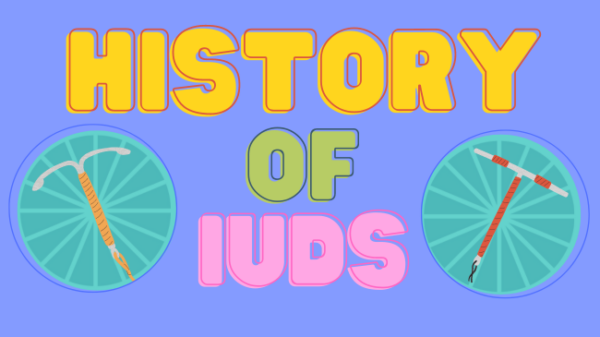Contraceptive Pearl: Dual Method Protection
Using condoms along with the pill, patch, or ring reduces the risk of unintended pregnancy and sexually transmitted infection (STI). Even among those at highest risk for STIs, only a small subset of teens and women report using two methods of protection at last intercourse.
A survey of 5,178 reproductive aged teens and women enrolled from the 2006-2008 National Survey of Family Growth revealed that only 7.3% reported using two contraceptive methods at last intercourse. This reflects a slight increase from a 2001 study in which 7% of women report dual use. Contraceptive ring users were most likely to use condoms, while users of the IUD and implant were least likely to use condoms.
Two small studies explored the factors that influence condom use. A survey of 522 teens found that those who had a strong desire to prevent pregnancy and had better communication with parents were most likely to use dual methods. Another study of high-risk teens found that impulsivity, self-esteem, and partner communication skills influenced the level of condom use.
We appreciate your feedback! Please write to us at pearls@reproductiveaccess.org with any questions, comments or additional resources to add to our list.
Helpful Resources
Sources
Pharma-free
The Reproductive Health Access Project does not accept funding from pharmaceutical companies. We do not promote specific brands of medication or contraception. The information in the Contraceptive Pearls is unbiased, based on science alone.

